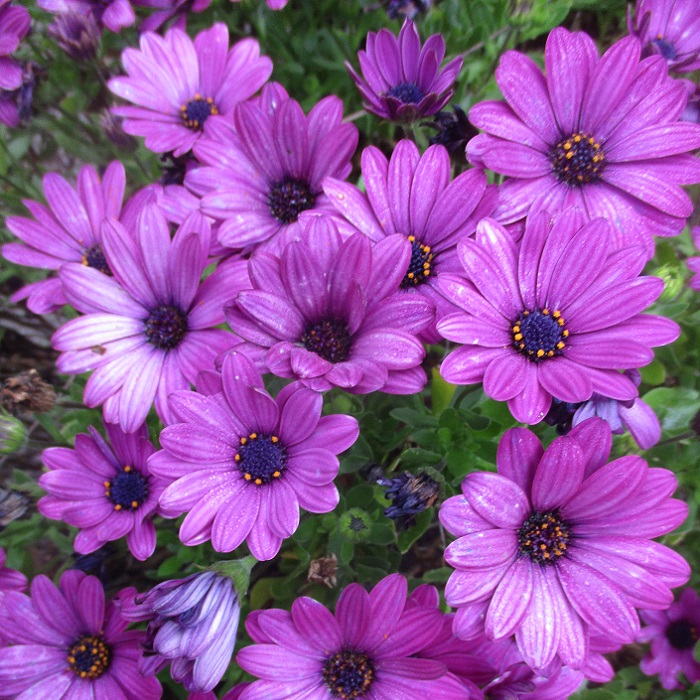UNITED STATES—The need to deadhead so early in spring is one of the few minor consequences of spring bulbs. Long before it becomes necessary to deadhead zinnia, canna and rose, the first flowers to bloom as winter ends are already finished. Many are those of spring bulbs. Their lingering deteriorating bloom can be slightly unappealing. What is more of a concern, is that some will likely try to go to seed.
The process of producing unwanted seed consumes resources that could otherwise sustain more useful growth. However, for spring bulbs that have finished blooming, production of seed for a new generation is more important than their own survival. That is why it is helpful to deadhead bulbs and many other plants after bloom. If deprived of seed production, they divert resources elsewhere.
It sounds harsh, but it is effective.
Deadheaded narcissus, daffodil, freesia, lily and tulip store more resources into new bulbs, which they generate to bloom next year. Snowdrop and grape hyacinth cultivars that get deadheaded are not likely to get overwhelmed by their own feral seedlings. (It is neither practical nor necessary to deadhead crocus or big naturalized colonies of snowflake, feral snowdrop or feral grape hyacinth.)
While it is important to deadhead most spring bulbs after bloom, it is also important to not remove deteriorating foliage prematurely. After all, the foliage produces the resources that are necessary to generate healthy new bulbs for next year. Such foliage starts to slowly deteriorate immediately after bloom, but may linger for many months. Bulbs will shed their foliage when they no longer need it.
Until then, bedding plants or low perennials can obscure deteriorating bulb foliage as it falls over. Trailing gazania and dwarf periwinkle work nicely for shorter bulbs. If they get shorn low for winter, trailing plumbago, common periwinkle and African daisy can work nicely for taller bulbs.
Highlight: African daisy
They are more than just shrubbier and more colorful versions of the formerly stigmatized trailing African daisy. Modern African daisies are actually various hybrids of several other species. Extensive breeding complicated their lineages enough for them to be known by cultivar names rather than by species names. To one degree or another, most are probably related to Osteospermum ecklonis.
These fancier modern hybrids of African daisy grow as annuals in harsher climates. If planted just after the last frost date, they bloom splendidly for early spring, and continue to bloom sporadically through summer. If they grow and bloom a bit too well, they may like to be trimmed back to bloom some more. Locally, they persist through winter as short term perennials, to bloom as winter ends.
Bloom provides pastel hues of yellow, orange, pink, ruddy pink, lavender, purple or white. Early spring bloom is most profuse, particularly for fluffy plants that were not trimmed back over winter. The biggest sprawling plants should get trimmed back after bloom. Subsequent sporadic bloom, mixed with random profuse phases, is inhibited only by warm summer weather and cool winter weather.
African daisy wants full sun and regular watering. Mature plants get about two feet deep and broad. If pressed into the soil, outer stems can develop roots to grow as new plants, as the original dies.
Horticulturist Tony Tomeo can be contacted at tonytomeo.com.






